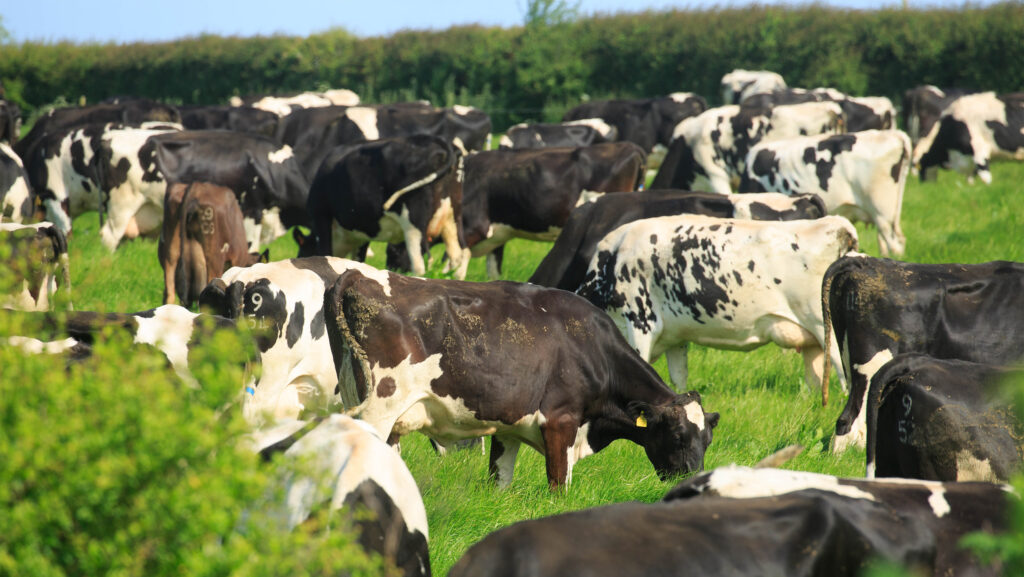Bovine TB cattle slaughterings up 17% in Wales
 ©Tim Scrivener
©Tim Scrivener The latest official statistics released by Defra show the bovine TB situation continues to deteriorate in Wales.
In Wales, there were 11,197 cattle slaughtered over 12 months between April 2023 and March this year – an increase of 17% on the previous year (up from 9,585).
Over the same period, the overall TB herd incidence rate in Wales rose from 6.6 to 6.9, while herd prevalence rose by 0.1 of a percentage point from 5.4% to 5.5%.
See also: New Welsh bovine TB advisory group ‘a positive step forward’
Herd incidence is the rate of new herd incidents per 100 herds at risk, so it measures the number of new breakdowns.
Whereas herd prevalence is the percentage of all registered herds which were not officially TB free (OTF) due to a TB incident.
This figure measures the number of herds living under TB restrictions.
Commenting on the data, NFU Cymru deputy president Abi Reader said: “This TB data is really bleak and comes at a time when farmers really need to have some hope.
“Bovine TB is the most contentious farming issue in Welsh agriculture and, with an election coming up, farmers will be looking at what a new government might be able to do for them to make their lives easier.
“I appreciate that agricultural policy is devolved, but politicians must do more to tackle TB.”
Ms Reader, who is also a third-generation dairy farmer who manages a herd of 180 Holstein Friesian and Dairy Shorthorns in Glamorganshire, says some good progress has been made at the Senedd of late.
“The Bovine TB Technical Advisory Group has been set up and the programme will be coming online soon,” she noted.
“Members of the Senedd must listen to the recommendations and the points coming out of this group, act on them and follow the science.”
England latest
In England, TB cattle slaughterings increased 5% from the previous 12 months to 21,298 animals (up from 20,212).
The herd incidence rate was 7.5 per 100 herds at risk, a decrease of 0.2 from the previous 12 months.
Similar to Wales, herd prevalence in England also rose slightly from 4.3% to 4.4%.
